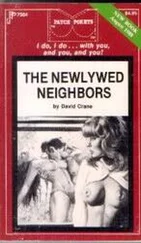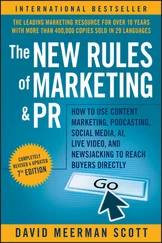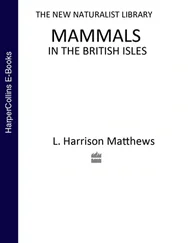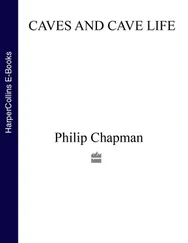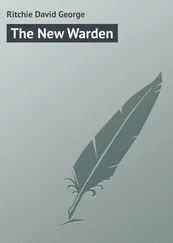Another remarkable naturalist who worked mostly by himself in Northern Ireland for many years was the Rev. Edward Allworthy Armstrong (1900–78). He was born in Belfast, ordained a deacon in 1921 in Cambridge, England, and eventually returned to Cambridge in 1944 as vicar of St Mark’s, Newnham, until his retirement in 1966. He had a prodigious output of natural history works. His intensive study of the wren, based on his own careful and rigorous field work, chronicled the behaviour and breeding biology of this diminutive bird. The resultant treatise The Wren (1955) is one of the finest bird monographs ever published. 110His previous book The Birds of the Grey Wind (1940) is a prize-winning classic of regional natural history, mostly about birds, full of erudition and exuding a deep love for Northern Ireland’s countryside. 111He published many other original natural history classics, blending scholarship with his passion for nature. These include the Folklore of Birds (1952), still the best text today on this subject. 112
Amongst other Northern Ireland naturalists of note, C. Douglas ‘Jimmy’ Deane played an important role in publicising natural history and conservation issues through his writings over 37 years in the Belfast Telegraph and then the Belfast Newsletter. He wrote several books, the most important being the Handbook of the Birds of Northern Ireland (1954). 113He was an accomplished film maker – Birds of the Grey Wind (1958) being his best – and was active in setting up the Ulster Society for the Protection of Birds.
Arnold Benington (1904–82) was another important Northern Ireland naturalist. His studies on peregrines and sparrowhawk populations in the 1940s–1960s provided important baseline information while he was, like Deane, a populariser of natural history through lecturing, writing and broadcasting. He was also instrumental in the founding of Ulster’s only bird observatory, on the Copeland Islands.
The 1930s was also the time for the birth of perhaps the finest and most accessible book on the Irish countryside. In Robert Lloyd Praeger’s The Way That I Went (1937) the richness of Ireland’s landscape and its flora and fauna are effortlessly intermingled with other strands of archaeology, folklore, etymology and history to form a complete narrative. 114The book could best be described as a prolonged love poem of the country, its landscape and its life. No text published since has rivalled it. Before embarking on this title, Praeger had a trial flight with Beyond Soundings (1930), 115also aimed at the general public, but it lacked the force and excitement of The Way That I Went. In 1941 he brought out A Populous Solitude but again it did not match up to his masterpiece. 116One of Praeger’s most important works for the natural history bibliographer was Some Irish Naturalists (1949), an indispensable source of information on earlier Irish naturalists. 2

The Way That I Went, Praeger’s general natural history, topographical and cultural account of Ireland, remains the best account of the country for natural historians and the general reader.
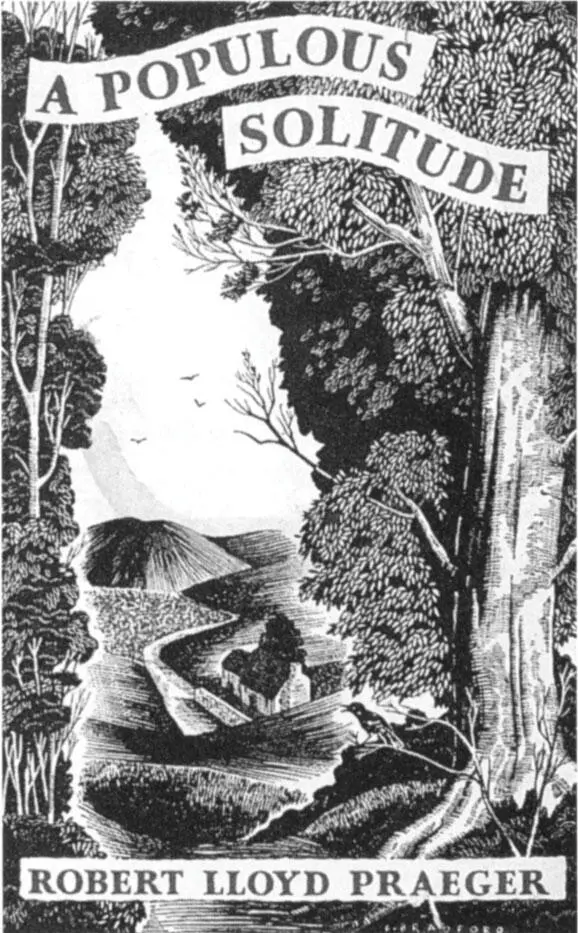
Praeger’s A Populous Solitude was less successful than The Way That I Went but nevertheless satisfied the public demand for such works,
Father Patrick G. Kennedy (1881–1966), a Jesuit priest based in Dublin, emerged during the 1930s as a gifted bird watcher, writer and campaigner for bird conservation. He was invited to take on the preparation of the 1961 edition of the List of Irish Birds which had been published by the National Museum at infrequent intervals since the first issue was compiled by More in 1885. What had started life as a somewhat stark and lifeless catalogue of birds bearing the title A List of Irish Birds showing the species contained in the Science and Art Museum, Dublin 117became, under Kennedy’s pen, generous, excellent and the most fulsome of all the Museum lists. It still stands today as an exhaustive text. 118Kennedy also championed the conservation of North Bull Island, Dublin, an extensive sand dune system surrounded by intertidal mud flats in the northern part of Dublin Bay, one of the best places in the country to watch waders and wildfowl at unbelievably close quarters. Several mad schemes had been hatched to transform the area into a major recreation playground by damming the intertidal mud flats at either end of the landward side of the island, turning the impounded area into a massive permanent water lagoon. But it was obvious that the so-called ‘blue lagoon’ could turn into a putrefying mass of stagnating water laced with seaweed growth. Such a development would have destroyed the wader and wildfowl feeding habitats and driven the birds away. Kennedy fought all the schemes and eventually persuaded the authorities to declare the area Ireland’s first bird sanctuary under the Protection of Birds Act, 1930 – something Kennedy also had a hand in promoting through his friend Senator S. Brown. Kennedy’s An Irish Sanctuary (1953) tells of the ecology of the birds at North Bull as well as relating the story of the battles to save the area from development. 119
The impending Second World War had the effect of dampening down the growth of interest in natural history in Ireland although the country was not engaged in hostilities. One vitally important project fell as an unfortunate victim of this period of astringency. It was Praeger’s Natural History of Ireland: a Sketch of its Flora and Fauna, written in 1944 when Praeger was aged 79. 120The War and consequent delays prevented the book’s publication until 1950 by which time its format, style and much of the information it contained was ‘dated’. Echoes of long species lists with little interpretation or analysis, as was customary in earlier works, reverberated throughout the book. In fact, Praeger admitted in his preface that only a limited amount of emendation to the 1944 text had been possible prior to its publication. The book also suffered greatly from the absence of any illustrations apart from three stark graphs.
In the early 1950s Kennedy teamed up with Robert Francis Ruttledge (b.1899) and Charles F. Scroope (1876–1975) with assistance from George Rayner Humphreys (1886–1980) to produce The Birds of Ireland (1954), an updated version of Ussher and Warren’s 1900 exemplar. 121Each of the three primary authors undertook to write the entry for the species or group of species with which they were most familiar. They were helped by an extensive network of correspondents who diligently sent in information from the fastnesses of estate walls, rectories, or retiring cottages, for traditionally the amateur study of birds was favoured by the Protestant fringe of the population – something no longer true. The 1954 vintage of The Birds of Ireland maintained the high standards set in 1900. It was the third in a series of major national ornithological works, each appearing at almost 50 year intervals since 1850. When is the fourth due to hatch? Ruttledge’s Ireland’s Birds appeared in 1966 and was a somewhat abbreviated work, drawing heavily upon the many discoveries and observations made by an enthusiastic band of bird watchers during the late 1950s and early 1960s. 122Clive Hutchinson’s (1949–98) Birds in Ireland (1989) is a more comprehensive and satisfactory work, approximating the style, detail and grandness expected of an enduring national work. 123
Читать дальше




